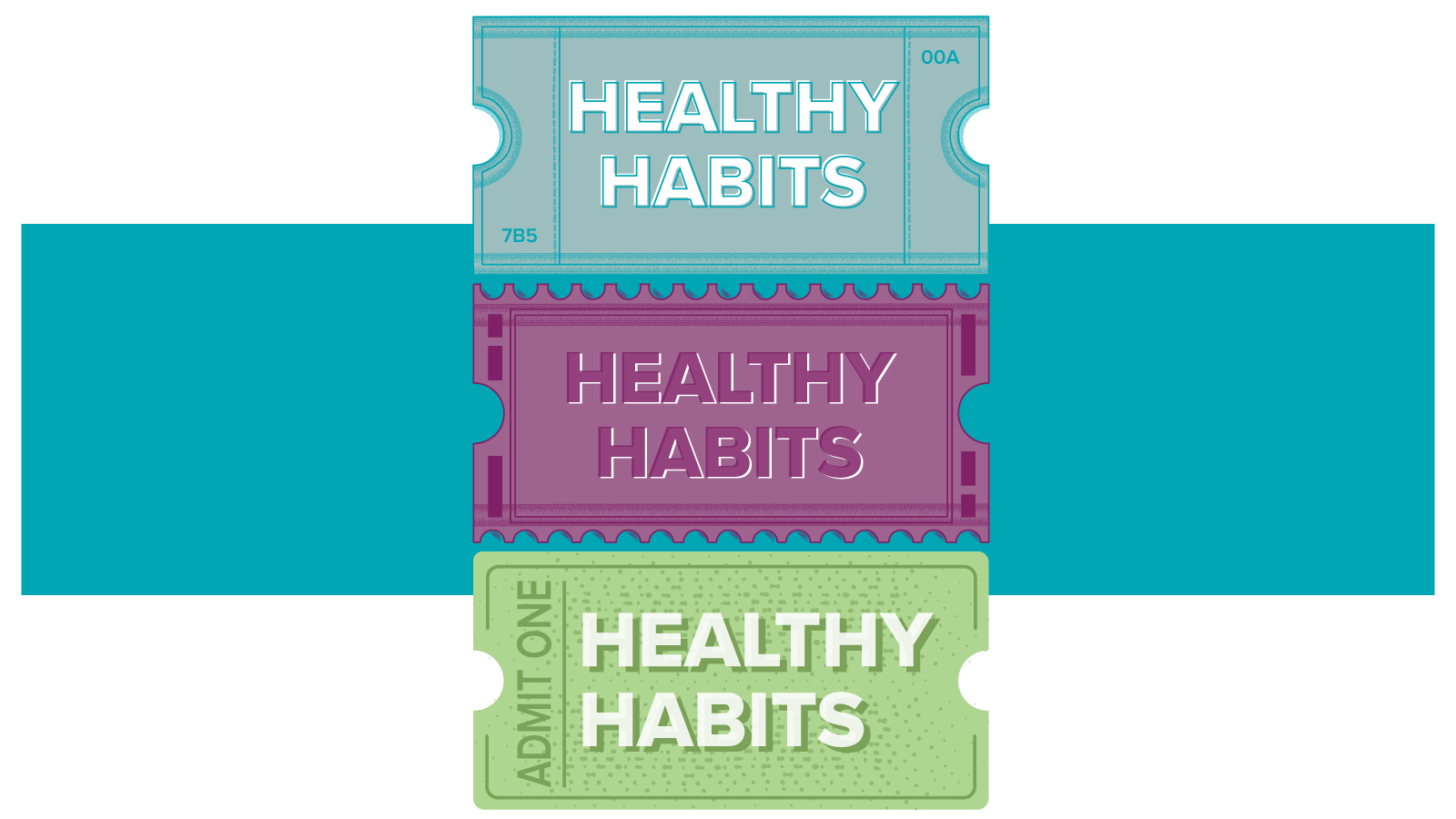Balancing Act: Managing Your Weight in a Healthy Way
Your Journey to Wellness Maintaining a healthy weight is a journey, not a destination. It involves a delicate balance of diet, exercise, and...

Some people appear to overhaul their physical movement routines, diet, and unhealthy habits with ease. However, it isn’t easy for most people to make lifestyle changes that stick. Often, the biggest hurdle is inertia—a natural response to starting and maintaining an overhaul of your time and energy.
Rather than trying a revamp, reporting from Harvard Medical School suggests gradually working towards change to improve your chance of success.
Researchers from the Harvard T.H. Chan School of Public Health conducted a large study on the impact of healthy habits and the effect on life expectancy. They identified five determinative healthy lifestyle factors, including a healthy diet, physical activity level, healthy body weight, absence of smoking, and moderate alcohol intake.
But even momentary actions change people and lives. Getting started does not require an overhaul—just your willing curiosity and an experimental mindset. Take a look at these 10 small steps to jumpstart a new mindset that will enable grounded, lasting improvements to your health and wellbeing:
If you’re curious about changing your lifestyle risks or want to learn more about disease control and prevention, reach out to your personal healthcare provider for more information. If you would like assistance finding a provider or have questions, please call your Customer Experience Advocates team and they will help you through the process!

Your Journey to Wellness Maintaining a healthy weight is a journey, not a destination. It involves a delicate balance of diet, exercise, and...

In recent years, the healthcare landscape has undergone a significant transformation, with the emergence of telehealth as a game-changer. Telehealth...

83% of US workers are stressed as a result of work.